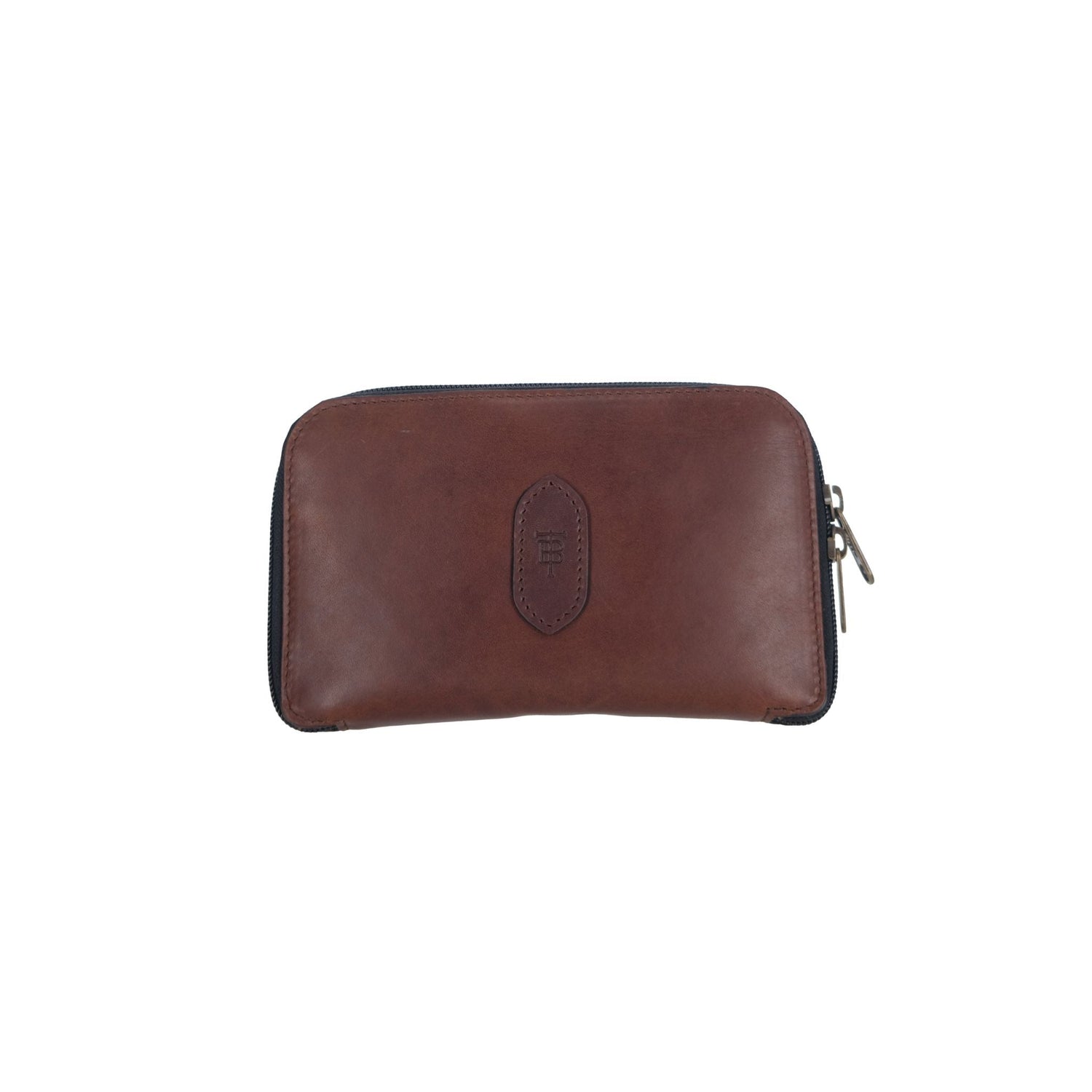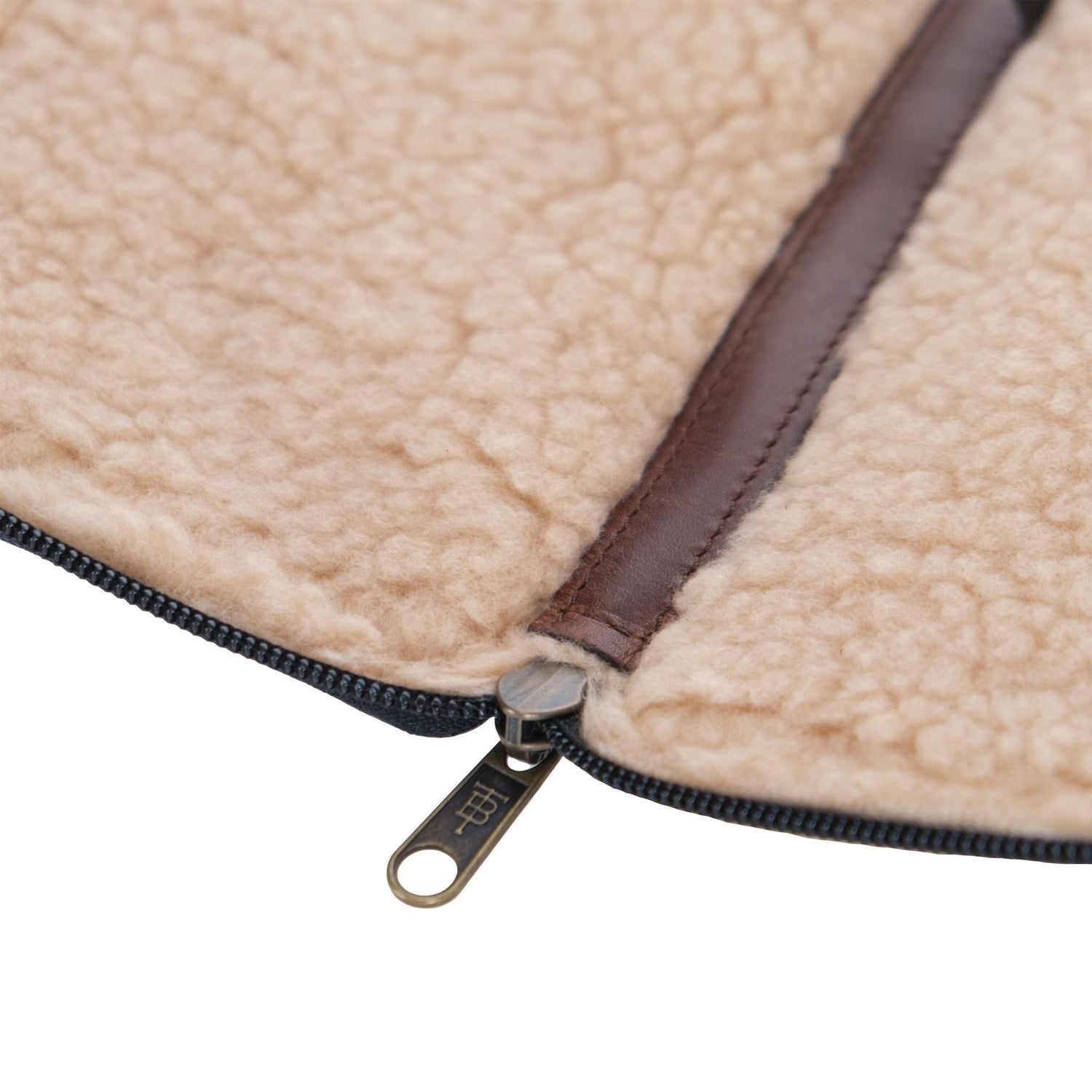Good things rarely come easily. The old adage rings forever true, seemingly more so in this strange day and age. Most times the good things require a fair bit of work, but sometimes that work comes in forms that make it a little more fun.
Traveling anywhere can be a bit of a project. Flying internationally, even more so. Traveling into the Amazon jungle, well, that can be a bit more of a project. Once you leave the city streets and populated cities behind, life refocuses a bit. The margin for error decreases exponentially with each mile away from pavement; the importance of logistics increasing at a commensurate rate.
These are the good places. The edges.
And not undertakings to be tackled lightly. The challenges are greater here—the risks all the riskier, the potential problems just that much sharper. The logistics that much more challenging.
But the rewards… oh, the rewards are so much greater.
When the opportunity arose to head into the Bolivian Amazon to fly-fish for jungle species I’d only seen in pictures, I jumped at the chance to make some pictures of my own—and to log a bit of time with the fly rod as well. I arrived in the city of Santa Cruz de la Sierra and spent a few days finding hideaway coffee shops and sampling local ceviche before meeting up with the team from Untamed Angling, who run the storied Tsimané Lodge program, a series of three lodges set in the Isiboro Sécure National Park and Indigenous Territory. Deep in the Bolivian Amazon, Untamed Angling founder and CEO Marcelo Perez has created a symbiotic business relationship with the local tribes. It’s this relationship—a relationship benefitting all parties well—that allows the fishery to be accessible.
Accessible, however, is a relative term. Because in the Amazon, “accessible” becomes an exceedingly relative term. I rendezvous with Marcelo and his charming (and utterly fishing-savvy) wife Michela at the hotel, and then we head to the local airport, where we’ll board a charter PC-12 for the hour-long flight to Oromomo Village, our first stop in the jungle. It’s a painless little hop, and the well-equipped Pilatus touches down on Oromomo’s grass airstrip before we know it. Oromomo is controlled chaos; one group is leaving the lodge as we’re arriving, and for a moment the village is a triage zone of fishing bags, passengers, and fishing gear, all overseen by curious, friendly villagers. Soon enough the plane’s taking off again and we’re heading to the river, hopping into long wooden motor canoes for the hour-odd ride into camp.
It feels like the Amazon version of planes, trains, and automobiles, and as someone who’s spent many years helping run lodges around the world, I’m in awe of the constant dance behind the scenes to make it all go smoothly. Before I know it we’re sitting in the lodge living room, cocktails in hand, discussing the plan of action for the coming week. Because tomorrow brings the last factor in our transportation, and the one I’m most excited about: a Robinson R44 Raven II which will, for the coming six fishing days, drop us off at our hike-in point in the mornings, and then pick us up kilometers up the river in the evenings. The fishing hours in between are what we’ve all come for: the chance to hook into fierce golden dorado, mysterious pacú, bold yatorana, and even the elusive moturo catfish.
I’m here for the fishing and the story. But, oh, I’d be lying if I didn’t admit I’m also here for the helicopter. I’ve been lucky enough to ride in many over the years, from Russian Mi-8s above the Arctic Circle to an R44 Raven I while fishing in northern Australia. We seem to have a happy little thing going, helicopters and me.
Tsimané’s R44 is manned by “Cappy,” who pilots the bird in challenging conditions with a natural ease that only comes from many, many flight hours. Every morning he picks us up for the five to 15-minute ride to our drop-off point. We fish all day, pressing upriver under the master eye of Argentine guide Nico who, despite being at the tail-end of a long five-month season here in the Amazon, still seems to revel in the jungle itself.
It's addictive, this place. I don’t expect to like it as well as I do, and find myself grinning like a little kid at random moments. There’s something very enticing about places that make you feel like you truly are on the edge of the earth—places where the environment could just reach out and swallow you whole. It makes one feel alive, and vivid, and like this is how we’re supposed to live… on the edge of the map.
But the jungle lets us pass through, catching some of my career’s best fish along the way, and at the end of every day’s hike we pause and drop to sit on rocks that form the foundation of the jungle around us. We talk about fishing and travel, life and relationships. The big talks, the ones that are best in places like this.
Inevitably, conversations are interrupted by the distant, thunderous thump-thump echo of helicopter rotors downriver. Cappy has started his sweep, coming over the river where he’d dropped us that morning and following the water until he finds us, right at the point Nico had sent him when we’d stopped. He banks hard, disappearing over the canopy again before angling back in for a landing, dust and plant detritus kicking up in the rotor wash. The R44 touches the gravel bank with a calm sort of efficiency and we load in again, sweaty, tired, and wet, yet incredibly content. Back to the lodge for a shower, drinks, dinner, and planning for the day tomorrow.
As we sweep out over the jungle, leaving the river behind and gaining a bit of altitude to skirt along the mountainside, I spend every flight with my head tipped against the canopy, eyes out on the jungle passing beneath our feet. It’s a strange world where we can take a short helicopter hop to cover what would otherwise take many long, challenging days in a canoe. And yet it’s a remarkably noninvasive way to access these places; to leave as little footprint as possible.
It's jungle logistics at its finest.
About the Author
Jess McGlothlin sees her mission as a simple one: tell stories. Working as a freelance photographer and writer, she’s learned how to throw spears at coconuts in French Polynesia, dodge saltwater crocodiles in Cuba, stand-up paddleboard down Peruvian Amazon tributaries and eat all manner of unidentifiable food.

















